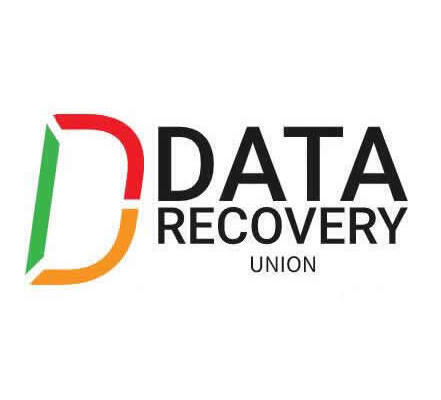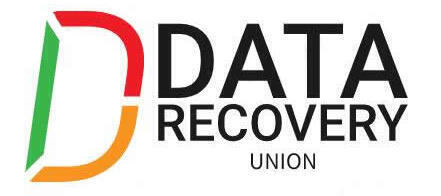
Avoiding Storage System Failure?
Reduce or Eliminate the Impact of Storage System Failures
Storage systems have become their own unique and complex computer field and can mean different things to different people. So what is the definition of these systems? Storage systems are the hardware that store data.
For example, this may be a small business server supporting an office of ten users or less—the storage system would be the hard drives that are inside of that server where user information is located. In large business environments, the storage systems can be the large SAN cabinet that is full of hard drives and the space has been sliced-and-diced in different ways to provide redundancy and performance.
The Ever-Changing Storage System Technology
Today’s storage technology encompasses all sorts of storage media. These could include WORM systems, tape library systems and virtual tape library systems. Over the past few years, SAN and NAS systems have provided excellent reliability. What is the difference between the two?
NAS (Network Attached Storage) units are self-contained units that have their own operating system, file system, and manage their attached hard drives. These units come in all sorts of different sizes to fit most needs and operate as file servers.
For some time, large-scale storage has been out reach of the small business. Serial ATA (SATA) hard disk drive-based SAN systems are becoming a cost-effective way of providing large amounts of storage space. These array units are also becoming mainstream for virtual tape backup systems—literally RAID arrays that are presented as tape machines; thereby removing the tape media element completely.
Other storage technologies such as SCSI, DAS (Direct Attached Storage), Near-Line Storage (data that is attached to removable media), and CAS (Content Attached Storage) are all methods for providing data availability. Storage Architects know that just having a ‘backup’ is not enough. In today’s high information environments, a normal nightly incremental or weekly full backup is obsolete in hours or even minutes after creation. In large data warehouse environments, backing up data that constantly changes is not even an option. The only method for those massive systems is to have storage system mirrors—literally identical servers with the exact same storage space.
How does one decide which system is best? Careful analysis of the operation environment is required. Most would say that having no failures at all is the best environment—that is true for users and administrators alike! The harsh truth is that data disasters happen every day despite the implementation of risk mitigation policies and plans.
When reviewing your own or your client’s storage needs, consider these questions:
Quality of data restoredIs original restored data required or will older, backed up data suffice? This relates to the backup scheme that is used. If the data on your, or your client’s storage system changes rapidly, then the original data is what is most valuable.
How much data are you or your client archiving?Restoring large amounts of data will take time to move through a network. On DAS (Direct Attached Storage) configurations, time of restoration will depend on equipment and I/O performance of the hardware.

 1. OverwritingA common mistake is the accidental overwriting of images held on camera memory cards with new photos. It’s easily done. So check, check and check again that you’ve successfully transferred your images onto your PC, laptop, CD or DVD before taking new pictures.
1. OverwritingA common mistake is the accidental overwriting of images held on camera memory cards with new photos. It’s easily done. So check, check and check again that you’ve successfully transferred your images onto your PC, laptop, CD or DVD before taking new pictures.